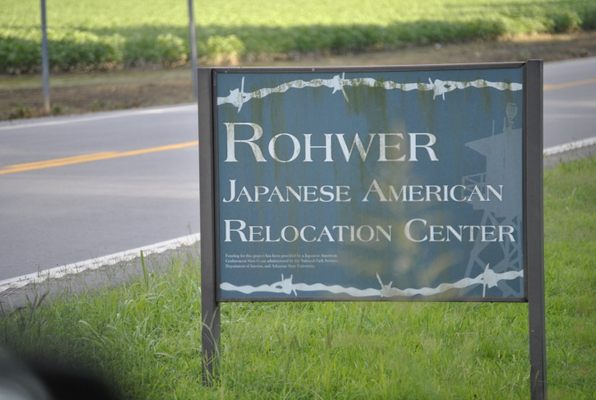About
Visiting what remains of the Japanese prison camp Rohwer is a sobering and eye-opening experience.
A few months after the Japanese attack on Pearl Harbor in December 1941, President Franklin D. Roosevelt signed Executive Order 9066, which gave the U.S. the power to incarcerate Japanese Americans. In the months that followed, approximately 122,000 men, women, and children were forcibly moved to "assembly centers," becoming prisoners of the U.S. government and having their possessions and wealth taken away. Two of those camps were in the state of Arkansas: Rohwer, in Desha County, and Jerome in Chicot and Drew Counties. Rohwer was one of the longest-operating internment camps; Between 1942 and 1945, more than 8,000 Japanese Americans were held on its grounds.
Life at the camp was very difficult for the people detained there. The barracks had no comforts, not even running water. The bathroom and kitchen areas were all communal. Detainees had to figure out how to buy things like shoes and clothing, but there were few ways to earn money.
When actor George Takei was a child, he and his family were forcibly relocated to Rohwer. “I was just five years old, and would spend much of my childhood behind barbed wire in that camp,” he wrote in the Huffington Post in 2013. In the decades since, Takei has campaigned for reparations for the Japanese Americans who were held in these prison camps and fought to make sure that these atrocities are not forgotten.
Today, the former camp has been turned into a heritage site. You can see what remains of the camp: a cemetery, several artifacts, and a tall smokestack where the camp's hospital stood. Two large monuments have been erected to honor the memory of the Japanese Americans who were wrongfully imprisoned at Rohwer. There are also some informational displays explaining the history and operations of the camp around a replica small-scale guard tower. Visitors can also take a self-guided walking tour along the southern boundary of the original camp.
Also check out a local museum, the World War II Japanese American Internment Museum in McGehee, Arkansas. It is about 20 minutes away.
Related Tags
Community Contributors
Added By
Published
November 15, 2022




























